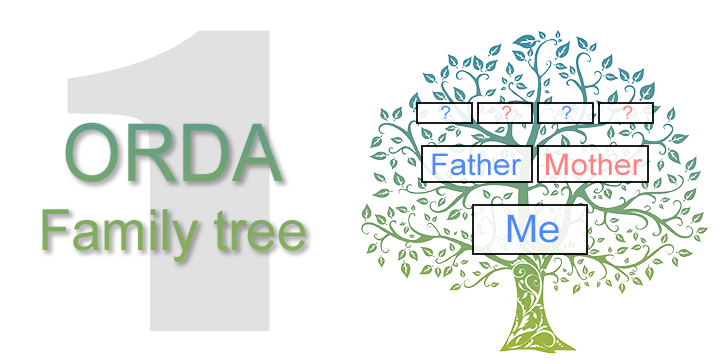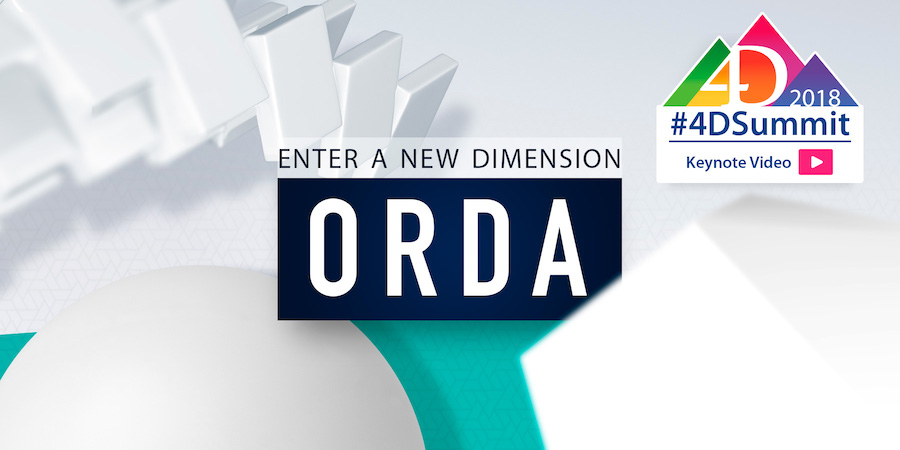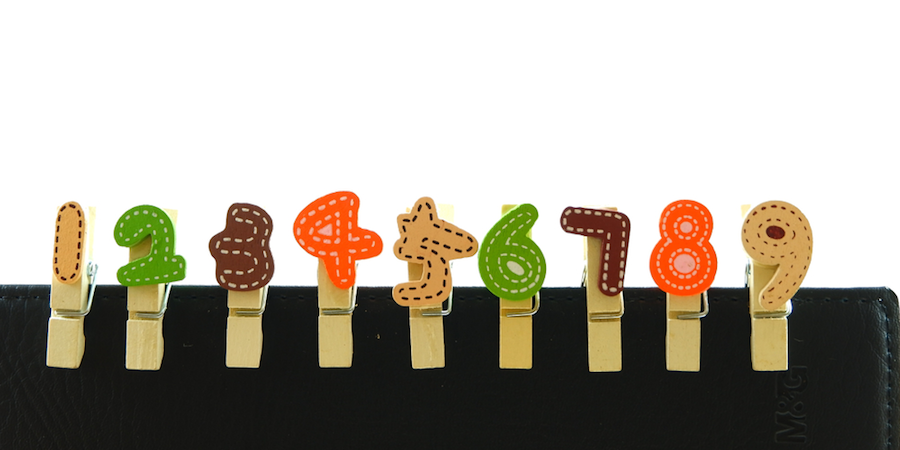ORDA – Genealogy – Episode one
We can all agree that ORDA is a great 4D V17 feature. A kind of revolution in the way of thinking and programming. 4D databases will never be seen the same way as before.
ORDA allows you to conceive advanced applications in less time, with more readable and clean code. To show you the power of ORDA we’ve prepared a series of tips for you, divided into three episodes. In this first episode, we’ll demonstrate how links should now be considered more as entities and entity collections, and we’ll show you how listboxes can now be based on entity selections, rather than selections or arrays.
Enter a new dimension with 4D v17 and ORDA – Thomas Maul & LR from the 4D Summit 2018
Object Relational Data Access, or simply ORDA, is the biggest feature set we’ve ever had … in more than 30 years. And the biggest announcement of the 4D Summit 2018.
Watch the video of the ORDA announcement during the 4D Summit 2018 Keynote. It features Thomas Maul, VP of Product Strategy, introducing this progressive technology and explaining how using your database as an object can open a whole new world of possibilities for your 4D-based applications.
Write generic code with ORDA
ORDA was one of the major announcements of 4D Summit 2018, opening a world of new possibilities in 4D. To learn more about ORDA and its benefits, check out this post to see how ORDA will change the way you work.
Display an entity selection in a list box
4D v17 introduces a new concept: ORDA. If you’re not familiar with ORDA yet, we’ve created a series of blog posts to explain how to use and take advantage of ORDA. When working with ORDA, you’re going to use entity selections, which are basically objects containing references to entities belonging to the same dataclass (i.e. table). One of the main benefits of ORDA, is the very simple and powerful ability of binding with forms.
In this blog post, you’ll learn how to display an entity selection in a list box. In fact, it’s very simple.
Compute statistics on entity selections with ORDA
ORDA provides a great feature to channel data through filters and get aggregated values, by including a set of easily-understood aggregation operations that examine and perform calculations on the data sets. For example, the sum, average, count, min, and max methods are used to perform the operations which their names describe!
Logical operations on entity selections
The ORDA series continues! In this blog post we’ll see how to use logical operators on entity selections!
These operations allow you to get intersections, unions, or differences between two entity selections like you can with classic 4D sets.
Handle entities in an entity selection
FIRST RECORD, LAST RECORD, NEXT RECORD, PREVIOUS RECORD; does that ring any bells? I bet it does. You’ve already been using them to handle selections! ORDA provides useful and familiar methods to navigate through entities in an entity selection – and obviously, some perks!
For starters, you can handle several entity selections at the same time and navigate through them independently, whereas normally you can only manage a single ‘current selection’ per table. That’s precisely what we’re going to see in this blog post.
Working with ORDA optimistic locking
4D v17 introduces ORDA, a major evolution in 4D which is opening a world of new possibilities for 4D developers. One of the benefits of using ORDA is related to record locking, because ORDA offers a choice between optimistic and pessimistic locking. After having introduced the ORDA locking mechanisms, we continue the ORDA series so you can discover how to work efficiently with optimistic locking with ORDA.
Locking entities with ORDA
The ORDA series continues! In this blog post, we’ll look at how you can use locks in your databases with ORDA concepts! It’s not uncommon to need to manage conflicts that might occur when several users or processes load and/or attempt to modify the same records at the same time. Record locking is a methodology used in relational databases to avoid inconsistent updates to data.
ORDA provides an optimistic locking mode in addition to the one you already know (pessimistic locking).
ORDA: work with objects and collections
In this latest addition to the ORDA series, we’ll look at how the new ORDA concepts can interact with existing objects and collections. In fact, it’s possible to turn entities and entity selections into objects and collections, as well as build entities and entity selections from objects and collections. By doing so, you can easily integrate ORDA code within your existing code. You can take full advantage of ORDA without needing to rewrite your code!
Contact us
Got a question, suggestion or just want to get in touch with the 4D bloggers? Drop us a line!
* Your privacy is very important to us. Please click here to view our Policy









